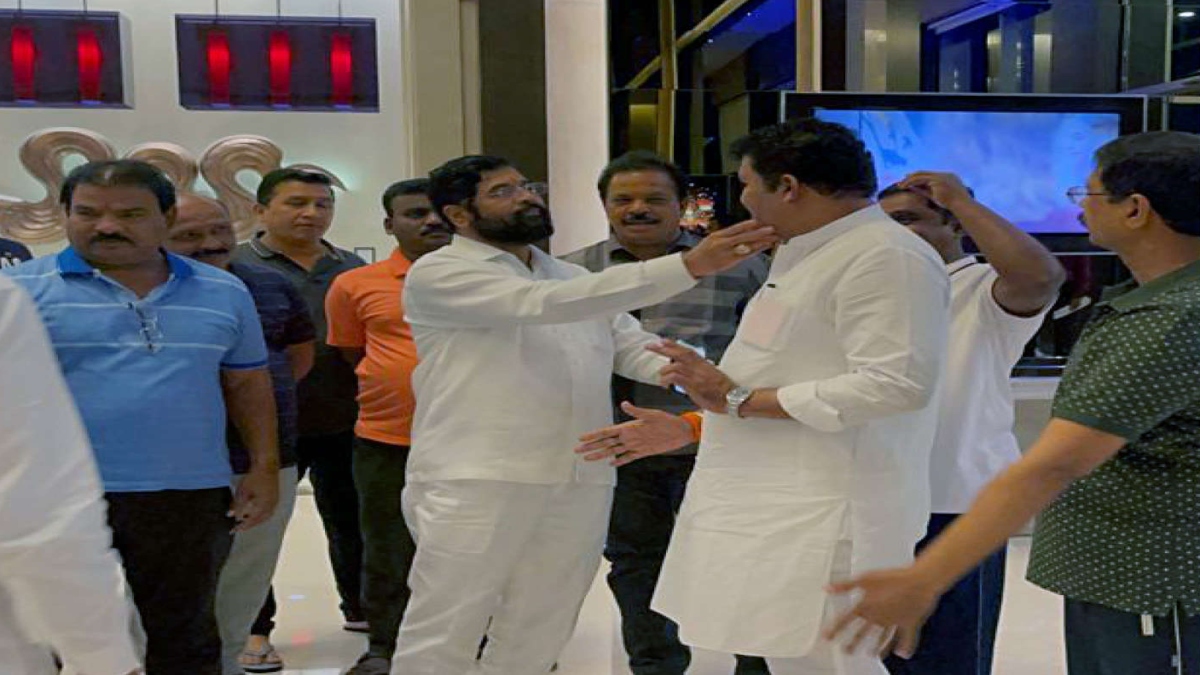


As Maharashtra’s Maha Vikas Aghadi government goes from crisis to ICU mode, there is a larger lesson here on coalition politics. At the very outset, the alliance was termed as an unnatural one that saw ideologically opposite parties like the Congress-NCP join hands with the radical right wing Shiv Sena. For the coalition to tango, one side had to give in and interestingly it was the Sena that took most of the backward steps. It compromised on its hardcore Hindutva ideology, toned down its rhetoric and tried an image makeover under the aegis of Uddhav Thackeray and his heir apparent Aaditya Thackeray. The politics of both Uddhav and Aaditya were progressive, they talked new age concerns like environment and sent the right feelers on governance from the financial capital of the country. The one mistake they made perhaps was not to involve all the stakeholders, it is now clear by Eknath Shinde’s comments that they felt left out of the governance pie and also resented the hold that individuals like Sanjay Raut, Sharad Pawar and even a first time MLA Aaditya himself had over the party. (An interesting factoid is that in 2019 Aditya was the first Thackeray to contest polls and his father the first Thackeray to sit on the CMs chair. Usually Bal Thackeray preferred to appoint a nominee as CM and run the state by remote control from Matoshree.) Whatever the reasons, if the government topples, it would set the Sena back on the path of regressive, chest thumping hardline politics and that would be a tragedy. But that’s another column.
To come back to the topic of unnatural alliances, the first sign of rebellion from Shinde and his men was regarding the MLC elections when they were not happy with the party dictat to support a Congress candidate. The hold of the NCP over governance and powerful ministerial portfolios was another grouse. In the end, it was not so much about ideology about power. But then, that’s how it always is.
Take a look at the Mahagathbandan in Bihar, where again, two political foes—Lalu Yadav’s RJD and Nitish Kumar’s JD(U)—came together on one platform. That did not last long with Nitish soon finding his way back to the BJP. Or even the not so unnatual alliance between two UP Ke Ladke that had Akhilesh Yadav and Rahul Gandhi contesting from the same platform in the 2017 state assembly polls. When one side did not pull its weight in the ballot boxes that alliance broke with the two taking pot shots at each other. Ditto for the alliance between the SP and Mayawati’s BSP in the 2019 Lok Sabha where the cadres on ground found it difficult to canvass for a party they had spent a lifetime taking pot shots at.
This brings us to the larger issue at play—while on paper, it is all very well for strategists like Prashant Kishor to talk about bringing the entire opposition on one platform to take on the BJP in the Lok Sahba polls, the reality on ground is very different where the Congress and various regional parties are fighting each other at the state level. Bringing diverse parties and egos on one platform post polls is also not easy as Dr Manmohan Singh found out when he tried to run a coalition with both Mamata and the CPM. Which brings another twist in the BJP vs The Rest version of the Game of Thrones, and again, as with most political turns these days, it’s one that works in Modi’s favour.